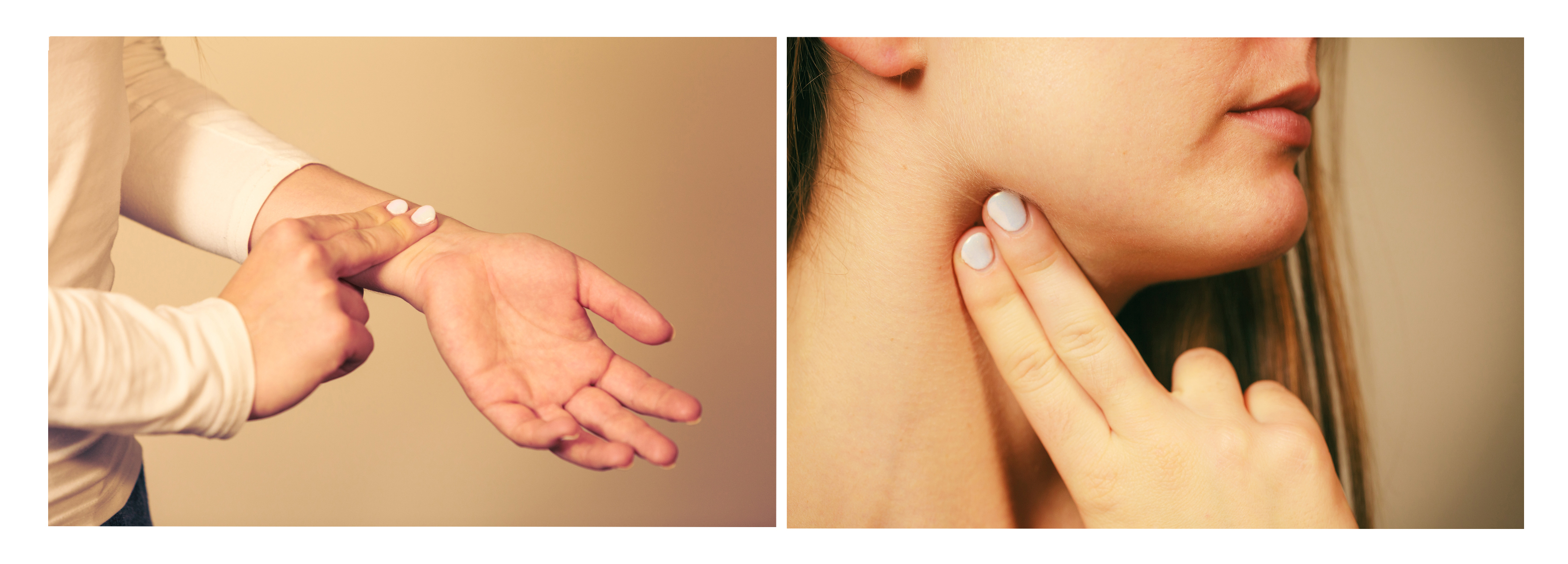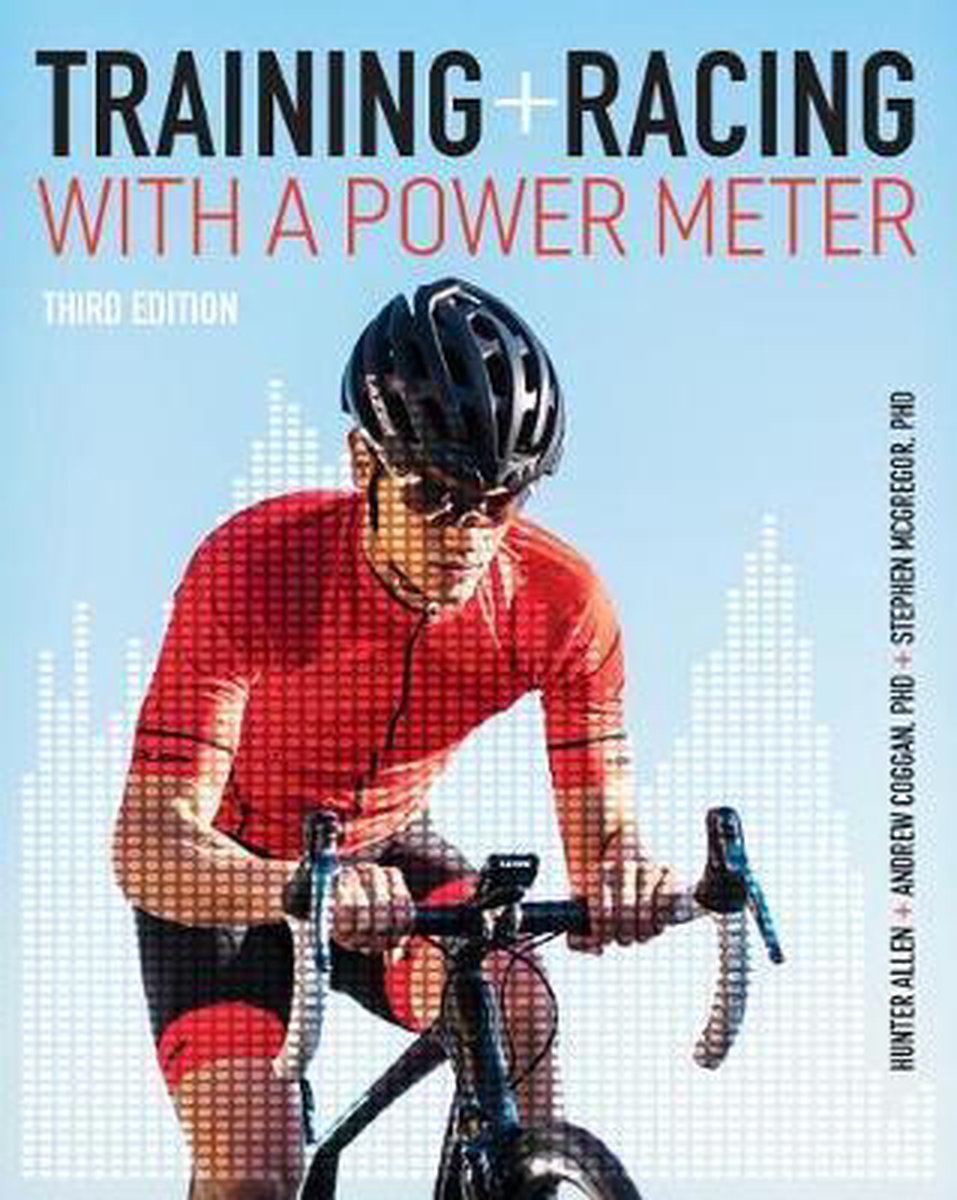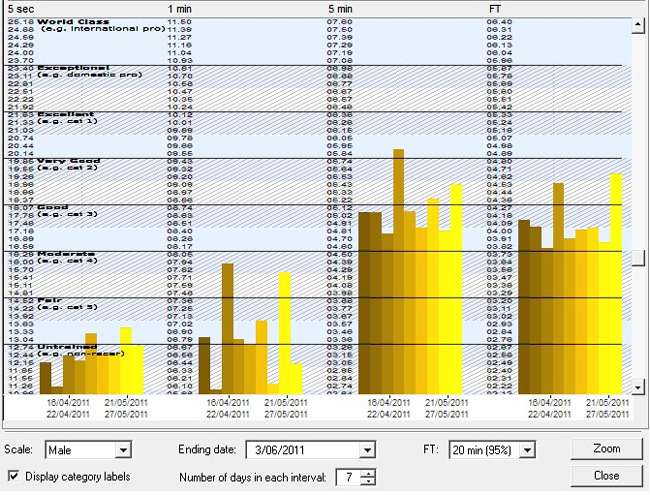Choose a location at which you can feel your pulse. Use the second finger of your dominant hand to feel for a pulse at the radial artery just below the thumb as shown in the picture.
 What Your Resting Heart Rate Is Telling You Therapydia Kona
What Your Resting Heart Rate Is Telling You Therapydia Kona
February 04 2021 Placing a finger beside the Adams apple helps measure pulse rate.
/GettyImages-56519226-afa3bbcf88d945dcb94d07cdfcd57fab.jpg)
How to measure pulse rate. The wrist is the most common location to measure the pulse rate. Heart rates vary from person to person. When taking your pulse.
The rate at which pulses occur is the Pulse Rate PR. This can also be calculated by doubling the number of pulses felt. Count your pulse for 60 seconds or for 15 seconds and then multiply by.
The rate of the pulse is only part of the story. If you are measuring a pulse for fifteen. Pulse rate is a vital sign and its measurement is a standard clinical procedure.
How to check your heart rate According to the Harvard Medical School Special Health Report Diseases of the Heart its easy to check your pulse using just your fingers either at the wrist or the side of the neck. When taking a pulse rate make a note of the strength of the pulse and whether it is regular or erratic. However it can also be measured for twenty thirty or sixty seconds.
While the typical. Multiply this number by. Therefore if you are aged 50 you should aim to build up fitness gradually until you reach a target pulse rate during exercise of between 102-136 bpm beats per minute.
What people of those days did was to hold their hands up near a candle in a dark room. This way they were able to see the blood flow in their veins. An irregular or weak pulse can tell medical providers important information about a patients condition.
The quality of the pulse is also important. To measure your resting heart rate follow these steps. When you find your pulse either.
In order to measure radial pulse the heart rate must be counted for at least fifteen seconds. Then write down your systolic pressure and diastolic pressure which are the 2 numbers that the blood pressure monitor will give you. At the wrist lightly press the index and middle fingers of one hand on the opposite wrist just below the base of the thumb.
To calculate your pulse pressure start by taking your blood pressure either by using a blood pressure machine at a local pharmacy or by using an at-home blood pressure monitor. The maximum pulse rate is 220 minus your age and the target for a healthy pulse rate during or just after exercise is 60-80 per cent of this. A persons pulse rate also known as heart rate is simply the number of times his or her heart beats in one minuteThere are several ways you can measure pulse rate.
Place the patients arm in a supported position at heart height if possible. Your pulse is your heart rate or the number of times your heart beats in one minute. The number of pulses over a minute is the standard heart rate measurement.
How to Measure Someones Pulse Respiration. Later on around the 1980s hospitals were introduced to the first pulse oximeters. This is the Pulse Rate Average PRA and is expressed in units of min pulses.
Pulse rate and respiration rate specifically can indicate how well your heart and lungs are working. Count the number of beats you feel for 60 seconds count the number for 30 seconds and multiply by 2. Pulse rate and respiration rate are part of a group of tests known as vital signs which are an indicator of your bodys overall functioning.
The two most simple and most commonly used methods involve taking the carotid pulse or taking the radial pulse. Begin counting the pulse when the clocks second hand is on the 12. Using the first and second fingertips press firmly but gently on the arteries until you feel a pulse.
12 rijen Once you can feel your pulse count how many beats you feel in 15 seconds. You can take your pulse using the radial artery in your wrist or the carotid artery in your neck. Your heart rate or pulse is the number of times your heart beats in 1 minute.
Some medical conditions can be a factor in determining the best place for you to take your pulse. The best places to find your pulse. In healthy individuals this will equate to heart rate but this may not always be the case for example in patients with cardiac dysrhythmias such as atrial fibrillation.
It is typically measured as the average number of pulses that occur per minute. Each heart contraction initiates a pulsatile wave so the rate of these pulsations can be measured to provide a pulse rate. Its lower when youre at rest and higher when you exercise.
The use of light to see the flow of blood and to monitor heart rate actually started in the late 1800s.










/NEW-NEW-750_nem2cxwhzf.png)

